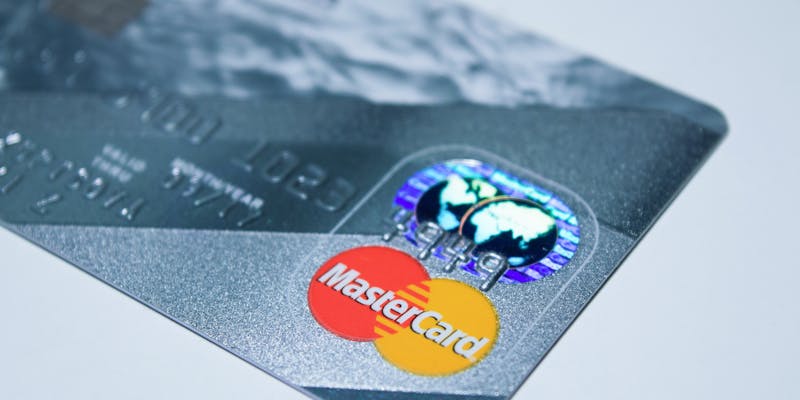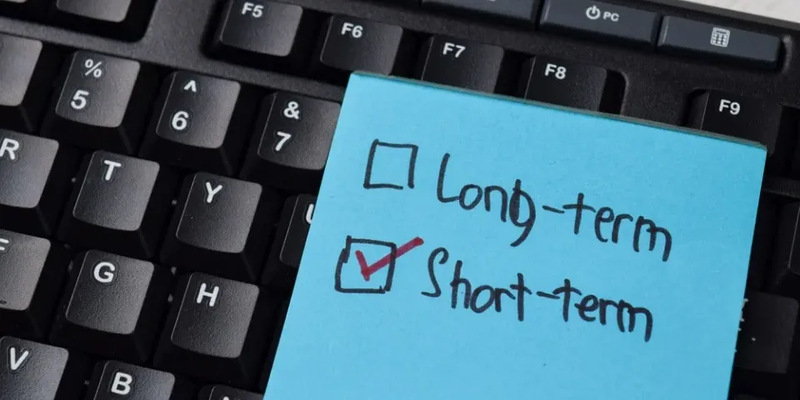When navigating the world of credit cards, one term that frequently comes up is APR, or Annual Percentage Rate. Understanding APR on a credit card is crucial for managing your finances effectively. It directly impacts how much you pay in interest if you carry a balance on your card.

In this article, we'll break down what APR is, how it works, and its significance in your credit card experience. By the end, you'll have a clearer understanding of how to use this knowledge to make better financial decisions.
APR stands for Annual Percentage Rate, and it represents the annualized interest rate you'll pay on your outstanding credit card balance. This percentage gives you a clear picture of the cost of borrowing on your credit card. Unlike some lenders, who may quote a simple interest rate, APR combines both the interest and any additional fees you might incur. This means that when you look at your credit card statement, the APR is a comprehensive figure that helps you understand the total cost of carrying a balance.
For example, if your credit card has an APR of 15%, this means you would pay 15% in interest over a year on any unpaid balance. If you only pay the minimum amount due each month, interest will accrue on your remaining balance, which can add up quickly.
Credit card companies calculate APR using a formula that takes into account various factors. These factors include your credit score, the lender's policies, and the current economic environment. Generally, a higher credit score results in a lower APR, as lenders view you as less risky. Conversely, if your credit score is lower, you may be offered a higher APR to compensate for the perceived risk.

It's essential to read the terms and conditions when you apply for a credit card. The APR can be fixed or variable. A fixed APR means the rate won't change over time, while a variable APR can fluctuate based on market conditions, specifically linked to an index rate like the prime rate. Understanding this distinction is crucial, as a variable APR could potentially increase, leading to higher interest payments.
Understanding APR on a credit card is vital for several reasons. First and foremost, it directly affects your financial health. When you carry a balance on your credit card, the APR determines how much interest you'll owe. The higher the APR, the more you'll pay in interest charges, making it more challenging to pay off your debt.
Moreover, being aware of your APR helps you make informed decisions about your credit card usage. If you know your APR is high, you might choose to pay off your balance in full each month to avoid interest charges. Alternatively, if you have a low APR, you might feel more comfortable carrying a balance for a short period, especially if you need to manage an unexpected expense.
Another critical aspect to consider is how APR affects your credit card payments. Your credit card issuer typically provides a minimum payment amount due each month, which often only covers a small portion of the principal balance plus the interest. If your APR is high, a significant chunk of your payment could go towards interest, making it difficult to reduce the overall balance.
Let's say you have a balance of $1,000 on a credit card with a 20% APR. If you make the minimum payment of 2% of your balance, about $20 will go towards the interest, while only $10 reduces your principal. This scenario illustrates how high APR can prolong the time it takes to pay off your debt, leading to more interest payments over time.
Managing your APR effectively can save you a significant amount of money. Here we have some practical tips to consider:

Pay Your Balance in Full: The most effective way to avoid interest charges is to pay your balance in full each month. This practice prevents APR from applying to your balance, keeping your finances in check.
Negotiate for a Lower Rate: If you have a good payment history, consider calling your credit card issuer to request a lower APR. Many companies are willing to negotiate rates, especially for loyal customers.
Transfer Balances Wisely: If you're struggling with a high APR, consider transferring your balance to a card with a lower interest rate. Be cautious of balance transfer fees, as they can sometimes offset the benefits of a lower APR.
Understand Promotional Rates: Some credit cards offer introductory APR rates for a limited time. Make sure you understand when the regular APR kicks in to avoid unexpected charges.
Keep an Eye on Your Credit Score: Regularly monitor your credit score and take steps to improve it. A higher score can help you qualify for credit cards with lower APRs.
Understanding what APR on a credit card means is essential for making informed financial decisions. This knowledge not only helps you navigate credit card offers but also empowers you to manage your credit effectively. By keeping an eye on your APR, making timely payments, and understanding how it impacts your overall financial health, you can take control of your credit card usage.
In summary, knowing how APR works can significantly influence your approach to credit cards. Whether you're a seasoned user or a newcomer to credit, grasping the concept of APR allows you to make smarter financial choices. As you become more educated about credit card terms, you'll be better equipped to handle your finances and avoid unnecessary debt.

By Peter Evans/May 14, 2024

By Frederica/Mar 14, 2024

By Eleanor/Oct 17, 2024

By Peter Evans/Apr 08, 2024

By Celia Shatzman/Jun 03, 2025

By Pamela Andrew/Feb 28, 2025

By Alice Ellis/Feb 17, 2024

By Triston Martin/Feb 10, 2024

By Alice Ellis/Apr 02, 2024

By Triston Martin/Apr 27, 2024

By Triston Martin/Feb 11, 2024

By Peter Evans/Apr 24, 2024